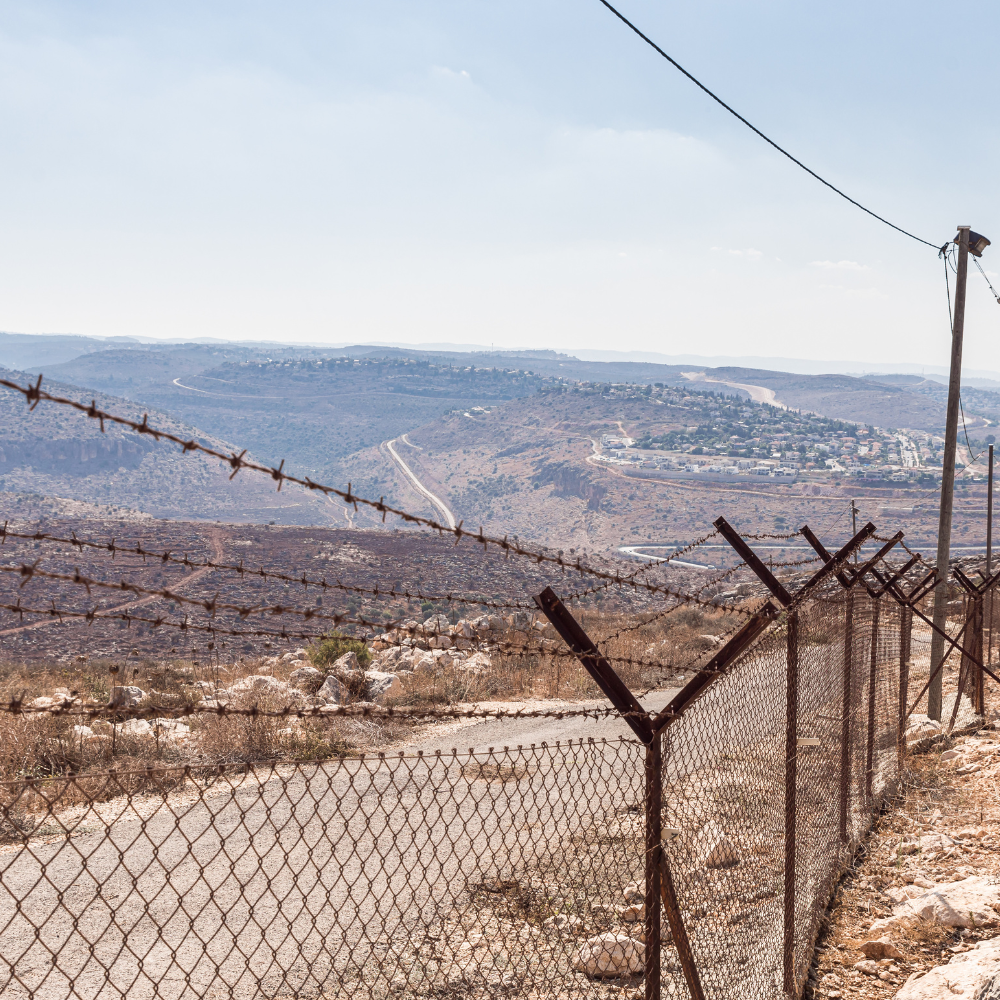Israel issues warning against returning to 60 villages in Lebanon
The Israeli military has issued a stark warning to Lebanese citizens, urging them not to return to 60 villages in southern Lebanon, three days into a fragile ceasefire with Hezbollah. The warning comes after more than a year of intense conflict with the Shia militant group, which has displaced over a million Lebanese residents and tens of thousands of Israelis.
The Israel Defense Forces (IDF) published a map highlighting a swathe of territory several miles deep, cautioning that anyone entering the area would be putting themselves at risk. The specified zone extends from Mansouri on the Mediterranean coast to Shebaa in the east. The IDF has expressed concerns over potential breaches of the ceasefire, stating that southern Lebanon remains dangerous.
While the ceasefire, brokered by the US and France, officially came into effect on Wednesday, both Israel and Lebanon have accused each other of violating its terms. On Thursday, the IDF reported firing artillery and conducting airstrikes in southern Lebanon, targeting what it claimed were Hezbollah weapons facilities and vehicles. It justified these actions as responses to perceived breaches of the truce.
Meanwhile, Lebanon accused Israel of multiple violations and said it was closely monitoring developments. As part of the ceasefire agreement, a multinational monitoring group, including representatives from the US, France, and the United Nations Interim Force in Lebanon (UNIFIL)—was established to oversee compliance with the ceasefire conditions.
Under the terms of the truce agreement, Israeli forces are required to withdraw from southern Lebanon as the Lebanese army simultaneously deploys to the region. The agreement prohibits any other armed groups from operating in the area, with the full withdrawal and deployment set to be completed within 60 days of the ceasefire’s start.
In his first remarks since the truce began, Israeli Prime Minister Benjamin Netanyahu issued a stark warning, stating that any major violation of the ceasefire by Hezbollah would prompt an intensive military response. Speaking to sources, Netanyahu made it clear that the ceasefire is contingent on compliance, suggesting that its duration could be brief if breached. His comments underscore the fragile nature of the truce and the high stakes for both sides as tensions in the region remain volatile despite the temporary cessation of hostilities.
The current conflict was triggered on October 8, 2023, when Hezbollah launched rockets into northern Israel, escalating tensions a day after Hamas carried out a large-scale attack from Gaza that killed approximately 1,200 people. Hezbollah stated that its actions were in solidarity with Palestinians as Israel launched a major military campaign in Gaza in response. According to the Hamas-run health ministry, at least 44,330 Palestinians have been killed in Gaza during Israel’s offensive.
Since the conflict began, violence between Israel and Hezbollah has intensified. The Lebanese health ministry reported that Israeli strikes have killed at least 3,961 people and injured 16,520 others in Lebanon, though the figures do not distinguish between civilians and combatants. On the Israeli side, authorities report 31 soldiers and 45 civilians killed by Hezbollah attacks, with an additional 45 soldiers dying during combat in southern Lebanon.
As the ceasefire holds tenuously, the humanitarian and security situation remains precarious, with both sides preparing for the possibility of further escalation.










